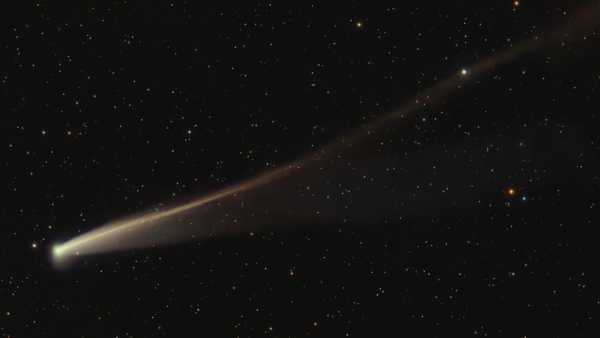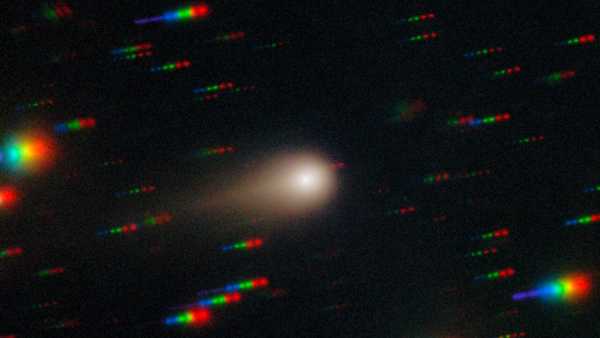
Potential “city-killer” asteroid 2024 YR4 won't hit Earth when it passes by in 2032, but there's a small chance it could collide with our Moon. A new study explores options for deflecting or destroying it. (Image: Eric Simonsen, Getty Images)
Scientists are considering launching a nuclear weapon at an asteroid that could potentially collide with the Moon in 2032, but they say more research is needed before considering the option.
The investigation concerns asteroid 2024 YR4, which gained notoriety shortly after its discovery in December 2024, when scientists (working with limited observations) showed that it had a relatively high probability of colliding with Earth in 2032, reaching 3.1%.
You may like
-
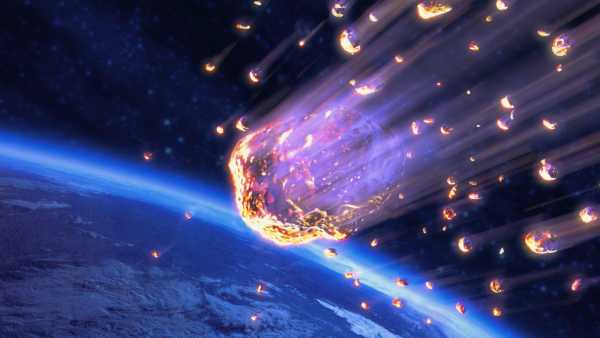
Asteroid 2024 YR4, the “city killer,” could shower Earth with bullet-shaped meteors if it collides with the Moon in 2032.
-
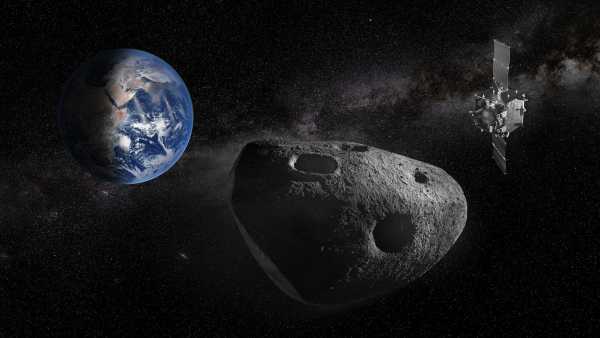
The Apophis flyby will be a “once-in-a-millennium” opportunity for skywatchers and scientists.
-
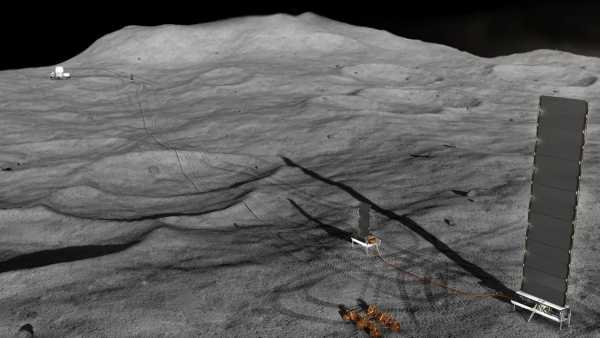
NASA plans to build a nuclear reactor on the Moon by 2030
This is good news for our planet, but updated tracking data also shows that the asteroid has a fairly high probability of colliding with the Moon—around 4%. A collision with an object of this size, especially one relatively close to Earth, would almost certainly have some impact on us.
Threats to astronauts and spacecraft
If an asteroid the size of 2024 YR4 were to strike the Moon, it would eject lunar debris that would kick up regolith (the top layer of dust and small rocks on the surface), significantly increasing the amount of micrometeoroid debris in low Earth orbit.
The flow could be 1,000 times “higher than background levels… which could pose a threat to astronauts and spacecraft,” as small space rocks could puncture spacecraft, spacesuits, and the like, the researchers wrote in a new study published September 15 on the preprint server Arxiv, which has not yet been peer-reviewed.
While this poses a threat to satellites and the International Space Station (if it doesn't deorbit in 2031 as planned), any attempt to change the asteroid's trajectory could pose an even greater risk, the authors warn. The asteroid's exact mass remains highly uncertain, meaning any attempt to move it off course would also be far from certain. The researchers write that a poorly planned trajectory change mission could accidentally collide with Earth.
Scientists have an interesting case to draw on: NASA's DART mission deflected the trajectory of a satellite asteroid in 2022. DART deployed a kinetic impactor, named Dimorphos, which slightly altered the small body's trajectory around its parent asteroid, Didymos. However, the researchers conducting the new study concluded that any attempt to deflect 2024 YR4 would “appear impractical” due to limitations such as a lack of information about the object's mass and the extremely limited time to further study the object before its close flyby in 2032.
Just destroy it with a nuclear blast.
Instead, researchers are considering the idea of breaking up the asteroid. They propose sending a spacecraft like DART, which wouldn't move the asteroid but would instead break it into pieces. This concept hasn't been tested yet, but NASA has several years to consider it, given that the launch window for such a mission is between April 2030 and April 2032.
RELATED STORIES
— A skyscraper-sized asteroid previously predicted to hit us in 60 years will fly past Earth on Thursday (September 18) — and you'll be able to see it in person.
— Giant space “boulders” released by NASA's DART mission are not behaving as expected, revealing the hidden risks of asteroid deflection.
—Will scientists be able to prevent an asteroid capable of destroying the planet from falling on Earth?
Alternatively, NASA could launch a nuclear mission by detonating a nuclear missile on or near the asteroid before it approaches. This method has also not been tested, but is theoretically possible. The preparation time for such a mission would be slightly shorter, but according to the researchers, the launch could take place between late 2029 and late 2031.
The article emphasizes that the probability of an asteroid passing by the Moon without incident remains at 96%, but the researchers say this situation opens up opportunities for further study of spacecraft capable of colliding with asteroids.
They call on other researchers to provide estimates for spacecraft construction times and to build more designs in case our planetary environment faces a more serious threat.

Elizabeth Howell, Live Science contributor
Elizabeth Howell served as a staff writer for Space.com from 2022 to 2024 and was a regular contributor to Live Science and Space.com from 2012 to 2022. Elizabeth's reporting includes numerous exclusive interviews with the White House, several appearances on the International Space Station, observing five human spaceflight launches on two continents, parabolic flights, working in a spacesuit, and participating in a simulated Mars mission. Her latest book, “Why Am I Taller?” (ECW Press, 2022), was co-authored with astronaut Dave Williams.
You must verify your public display name before commenting.
Please log out and log back in. You will then be asked to enter a display name.
Exit Read more
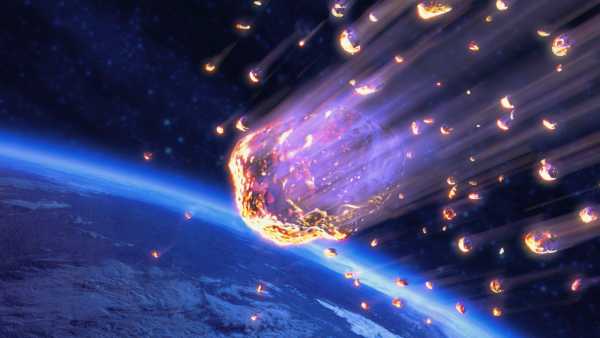
Asteroid 2024 YR4, the “city killer,” could shower Earth with bullet-shaped meteors if it collides with the Moon in 2032.
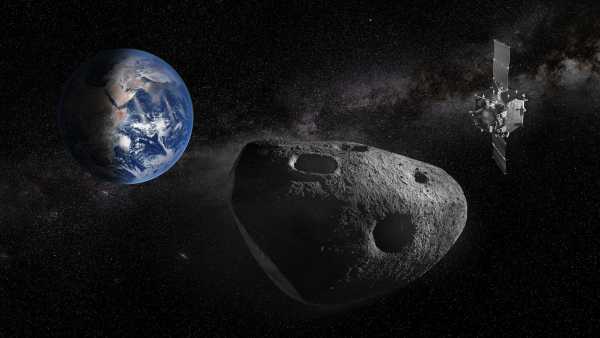
The Apophis flyby will be a “once-in-a-millennium” opportunity for skywatchers and scientists.
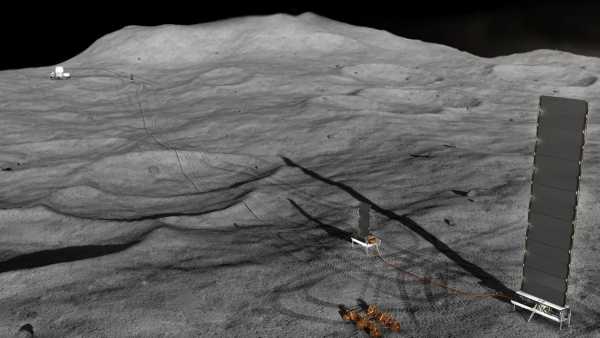
NASA plans to build a nuclear reactor on the Moon by 2030
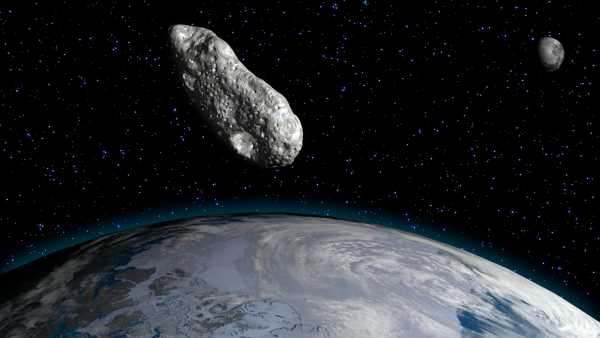
A newly discovered bus-sized asteroid will fly past Earth today and will not return for exactly 100 years.
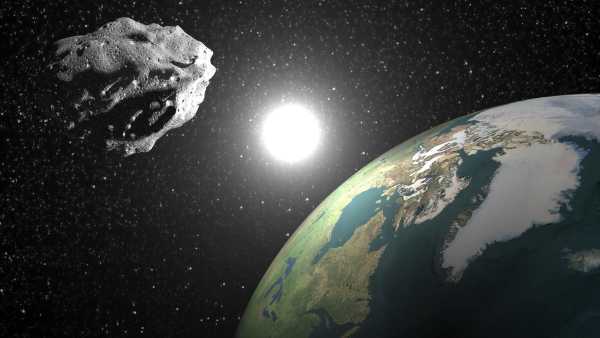
A new “quasi-moon” has been discovered in near-Earth orbit, which may have been hidden there for decades.
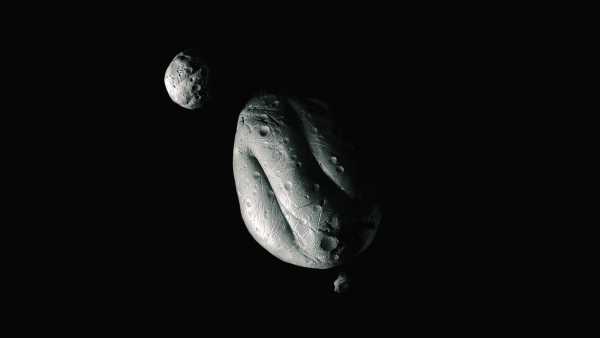
Earth may have at least six “mini-moons” at any given time. Where do they come from?
Latest news about asteroids
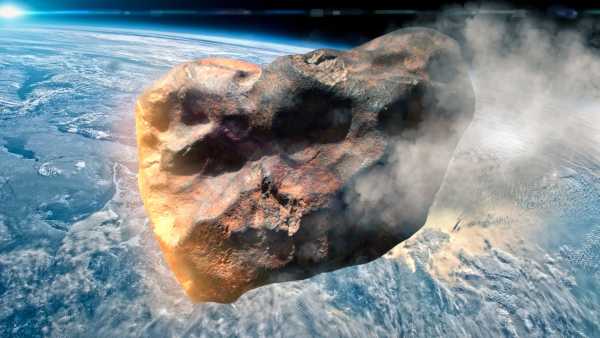
What happened to the asteroid that killed the dinosaurs?
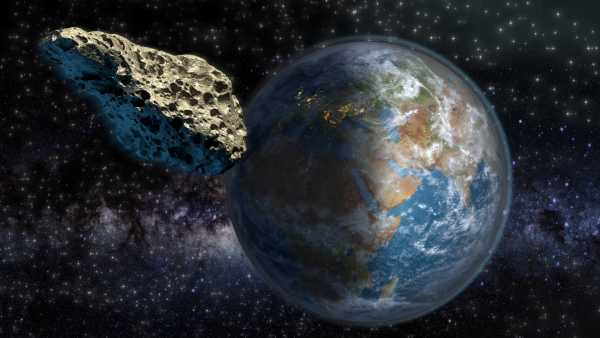
A skyscraper-sized asteroid previously predicted to hit us in 60 years will fly past Earth on Thursday (September 18) – and you can see it live.
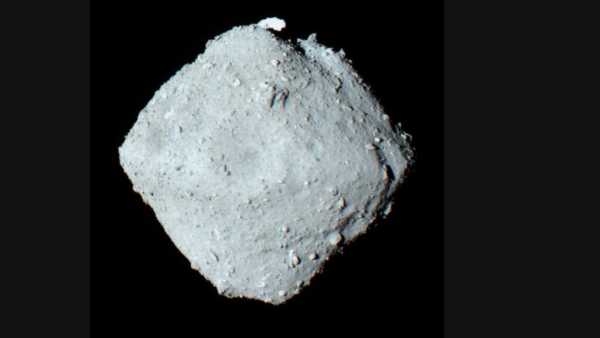
'Real surprise': Near-Earth asteroid Ryugu once had flowing 'water' that transformed its interior.
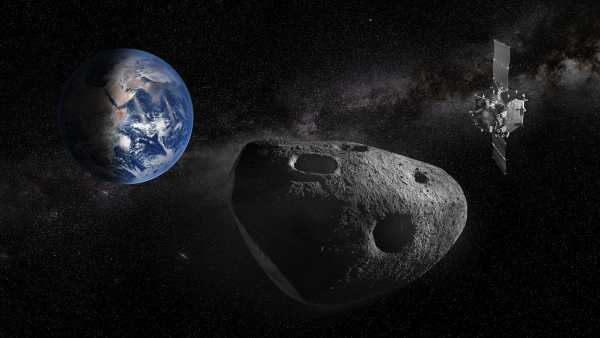
The Apophis flyby will be a “once-in-a-millennium” opportunity for skywatchers and scientists.
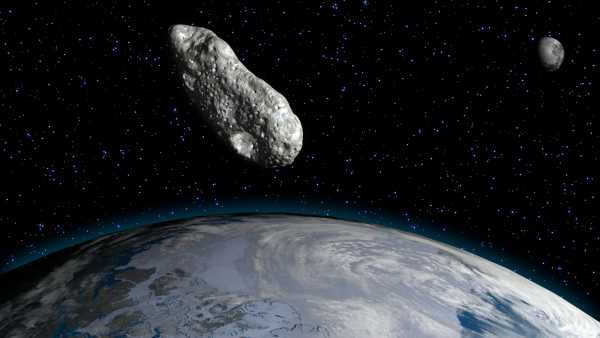
A newly discovered bus-sized asteroid will fly past Earth today and will not return for exactly 100 years.
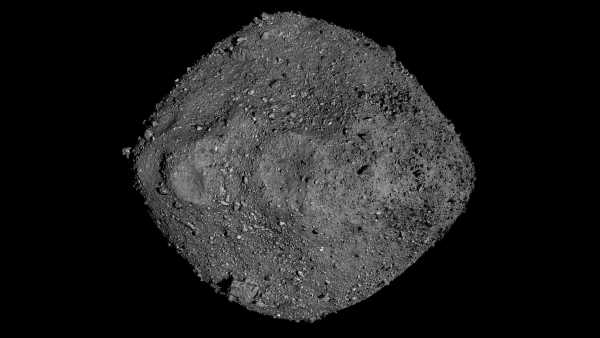
The Bennu sample contains dust that is older than the solar system itself.
Latest news
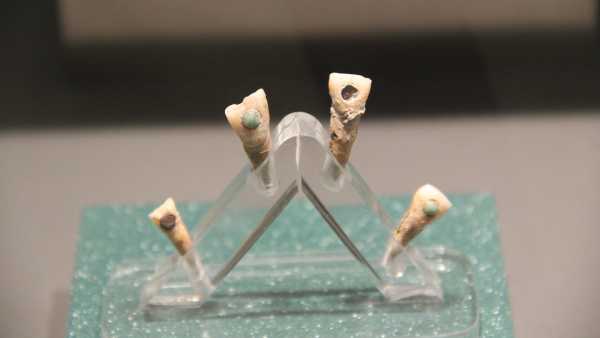
A new study has revealed that a seven-year-old Mayan child had a green jade “tooth tartar”
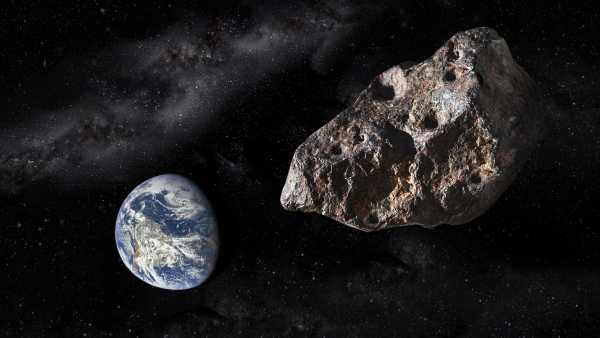
City-killer asteroid could be destroyed by nuclear explosion before it approaches the Moon
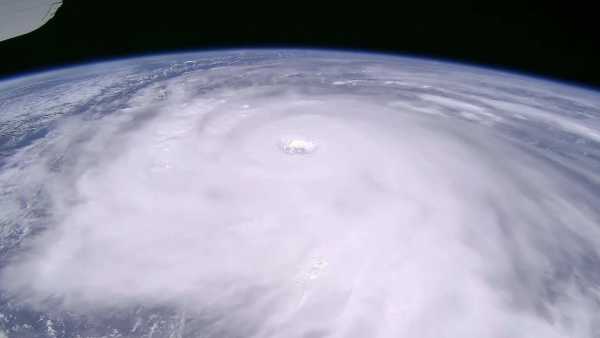
'Serious threat': China braces for the approach of Super Typhoon Ragas, the strongest storm this year, with winds reaching 180 km/h.
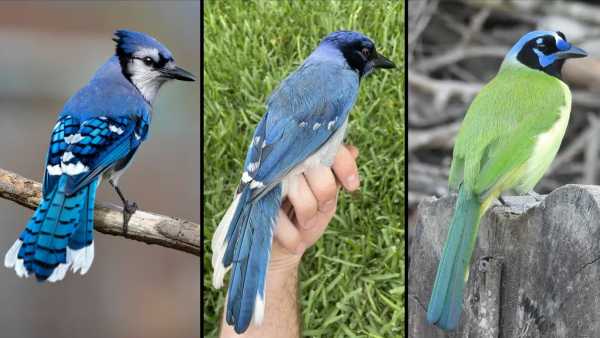
A rare blue-green hybrid jay spotted in Texas is a descendant of birds whose lineages diverged 7 million years ago.
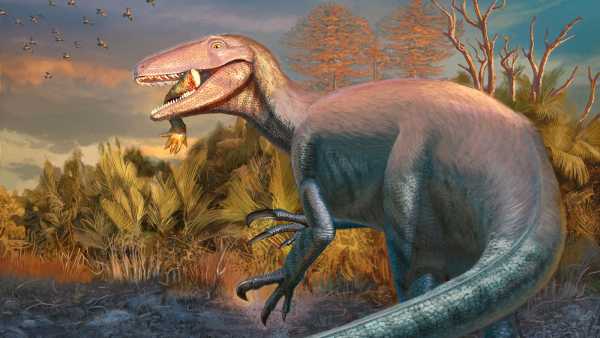
A giant dinosaur with “brushcutter-like claws” and a crocodile leg still in its mouth has been found in Argentina.

A new chip is bringing quantum internet closer, enabling the transmission of quantum signals over real fiber optic cables.
LATEST ARTICLES
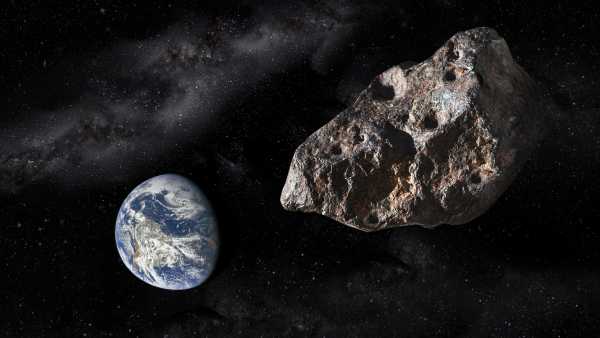
We can nuke the 'city killer' asteroid 2024 YR4 before it hits the Moon if we act fast, a new study warns.
Live Science magazine is part of Future US Inc., an international media group and leading digital publisher. Visit our corporate website.
- About Us
- Contact Future experts
- Terms and Conditions
- Privacy Policy
- Cookie Policy
- Accessibility Statement
- Advertise with us
- Web notifications
- Career
- Editorial standards
- How to present history to us
© Future US, Inc. Full 7th Floor, 130 West 42nd Street, New York, NY 10036.
var dfp_config = { “site_platform”: “vanilla”, “keywords”: “type-news-daily,serversidehawk,videoarticle,van-enable-adviser-
Sourse: www.livescience.com



